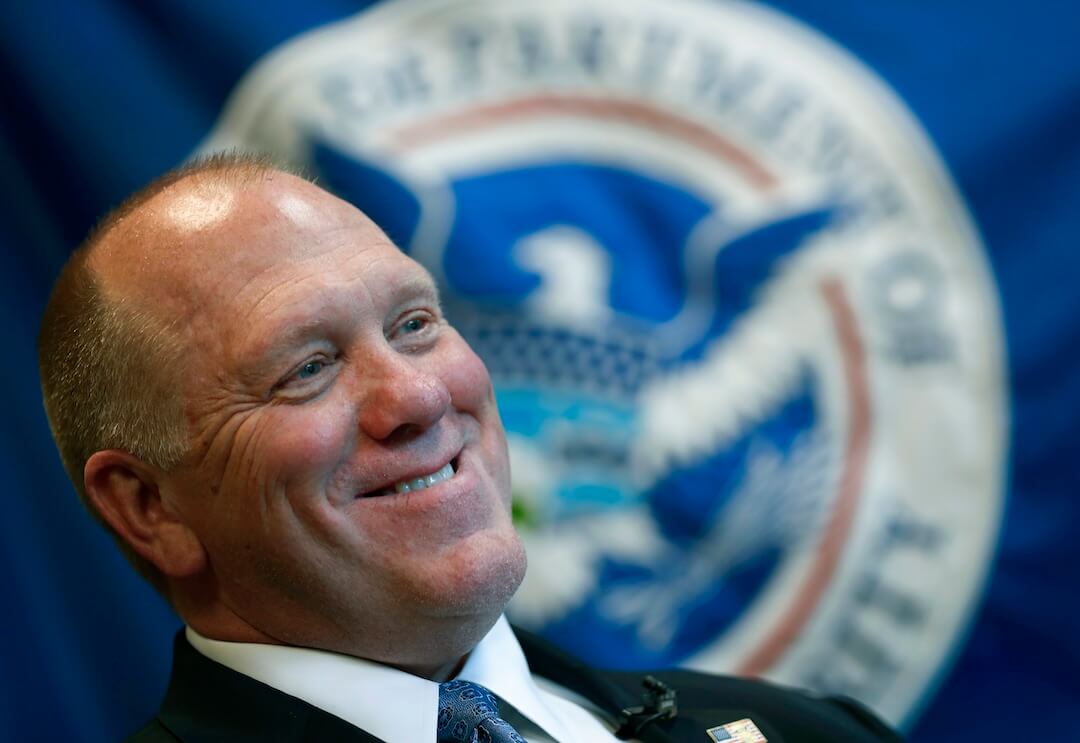Contrast helps to create focal points on a page and a hierarchy for what readers will see first. Here are several ways to create contrast in your design.
Contrast of Size. The largest headline on a page will draw the reader’s attention first, creating a hierarchy of size that moves the reader from the most important stories to the lesser.
Contrast of Proportion. Type can be set in contrast to the overall space around it to dramatic effect. A large headline that bleeds off the page speaks in a much louder voice. A very small headline contrasted against a great deal of white space also will draw attention.
Contrast of Form. When you combine sans serif and serif typefaces within a design, you’re creating a simple contrast of form. Most modern newspapers use two forms in their main design—often a serif for headlines and a sans serif for captions and graphic data. We use another contrast of form every day, in the combination of upper- and lower-case letters.
Taken from Typography for News Design, a self-directed course with Sara Quinn at Poynter NewsU.
Have you missed a Coffee Break Course? Here’s our complete lineup. Or follow along on Twitter at #coffeebreakcourse.







